Welcome to On Verticality. This blog explores the innate human need to escape the surface of the earth, and our struggles to do so throughout history. If you’re new here, a good place to start is the Theory of Verticality section or the Introduction to Verticality. If you want to receive updates on what’s new with the blog, you can use the Subscribe page to sign up. Thanks for visiting!
Click to filter posts by the three main subjects for the blog : Architecture, Flight and Mountains.
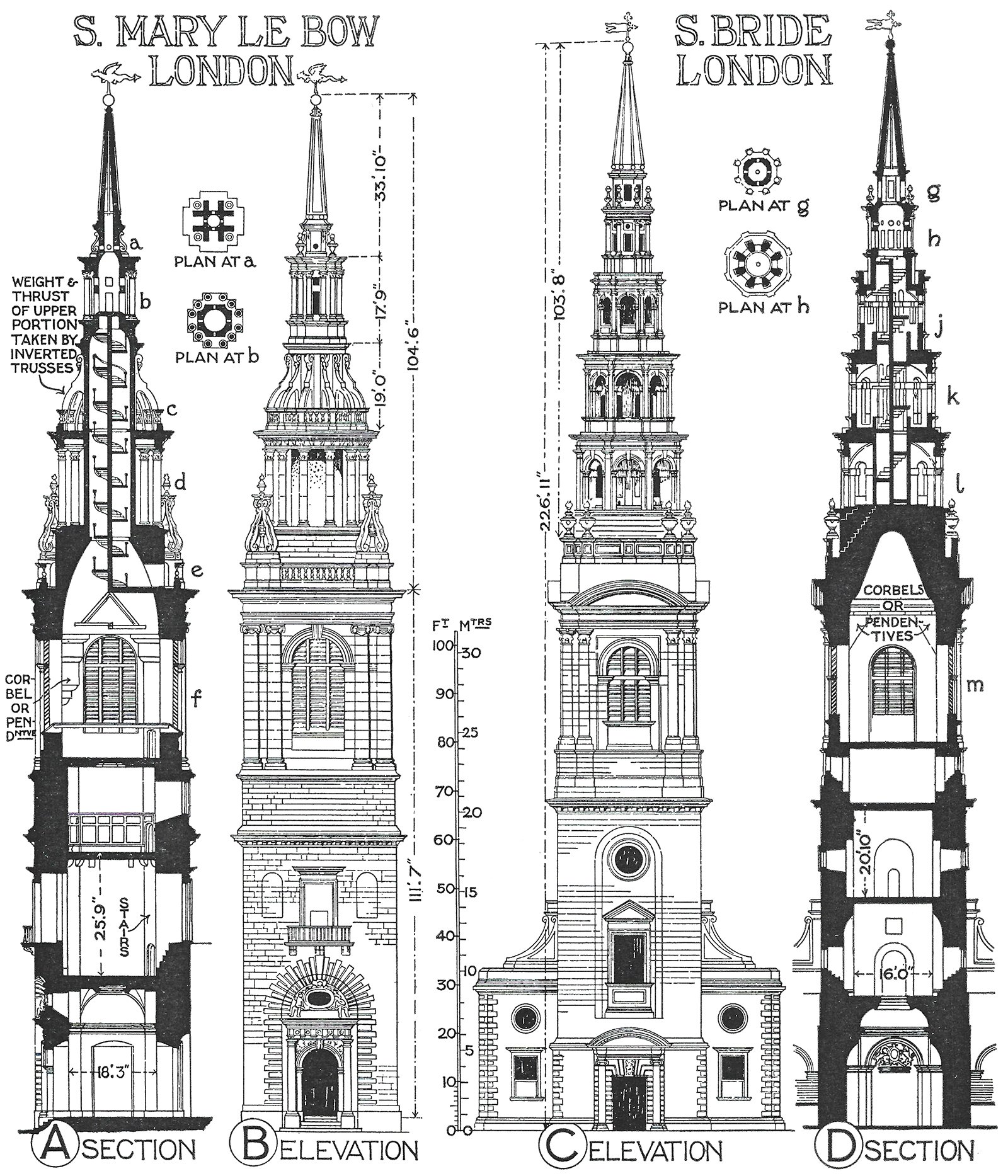
Sir Christopher Wren’s Church Steeples
Sir Christopher Wren was an English architect best known for his Renaissance and Baroque church designs that commonly featured conspicuous steeple designs. Pictured above are drawings of two such examples. These steeples are massive in scale, and they dwarf their adjacent church buildings. This mismatch of scales suggests that Wren considered these towers to be much more important than the churches they accompany. Through their height, Wren was using verticality to announce the presence of his buildings.
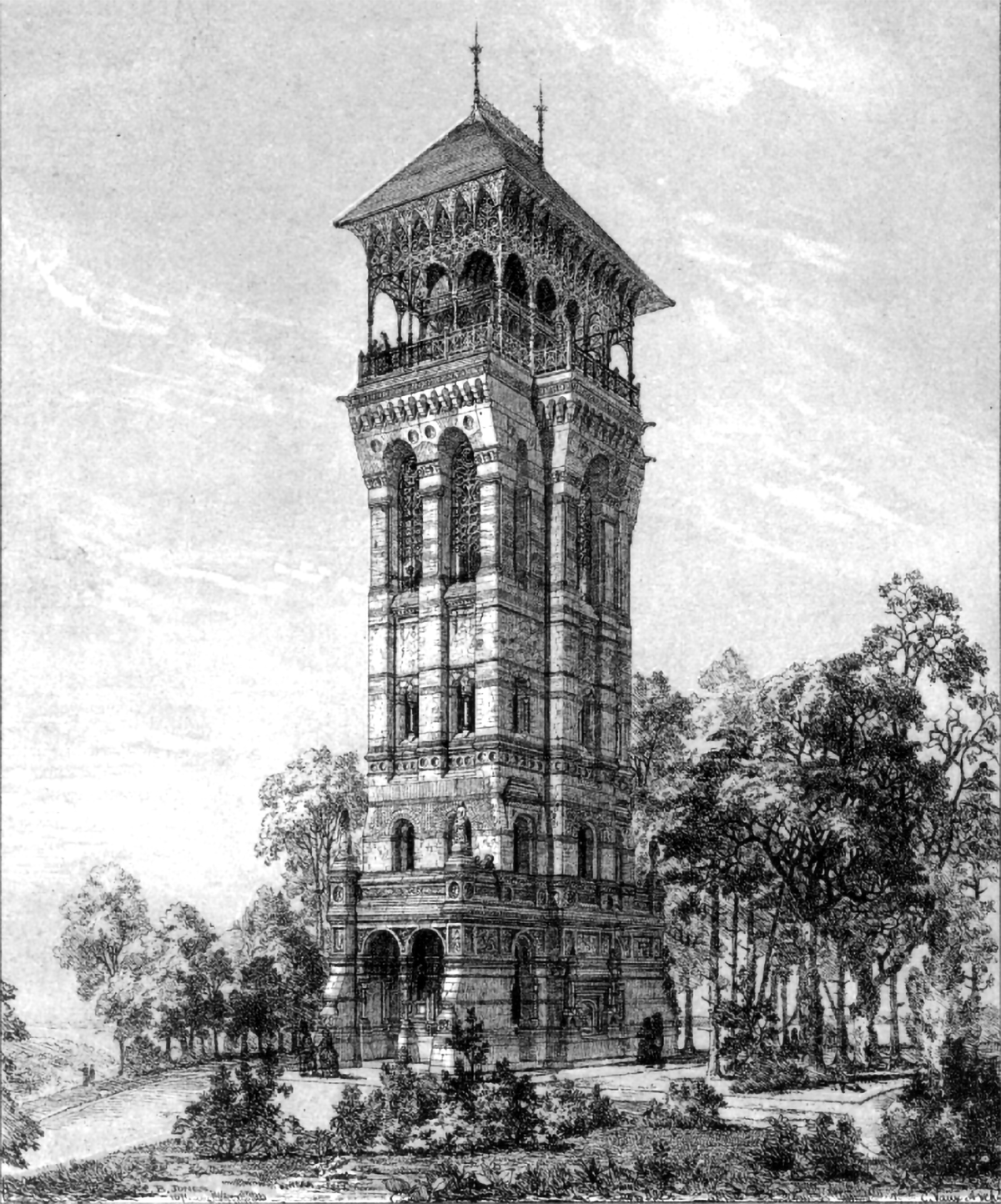
A Proposal for an Observation Tower in Prospect Park
Prospect Park in Brooklyn is one of the great examples of landscape architecture in the United States. It was designed by the legendary landscape architects Frederick Law Olmstead and Calvert Vaux and was completed between 1867 and 1873. The original design included an observation tower at the highest point in the park, which is pictured above. Unfortunately, it never got built.
“The honor of inventing the airplane cannot be assigned wholly to one man; like most other inventions, it is the product of many minds.”
-Richard Pearse, Kiwi inventor and aviator, 1877-1953.

Jules Verne’s Clipper of the Clouds
Fiction has a way of reflecting and informing reality. Pictured above is an illustration from Jules Verne’s novel Robur the Conqueror, published in 1886. It shows a fictional flying machine called the Clipper of the Clouds, which was built by the novel’s titular character. Throughout the story, Verne explores the nature of flight, its effects on humanity, and the general sense of public awe in the early days of flying machines. There’s also an undertone of the God versus Ego struggle that is central to the verticality narrative.
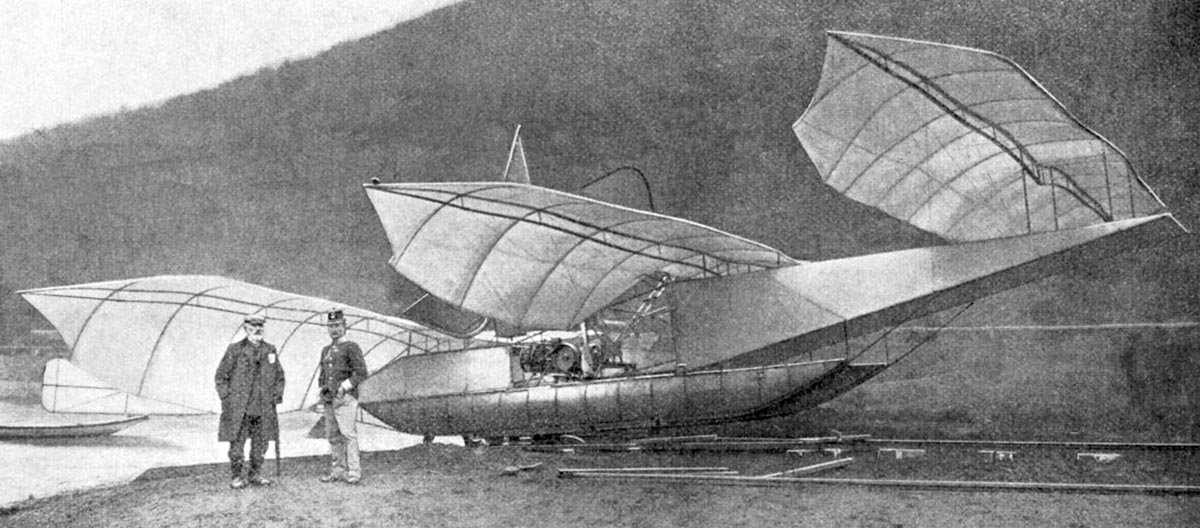
Wilhelm Kress’ Drachenflieger
Pictured above is the Drachenflieger, which was an experimental aircraft designed in 1901 by Austrian engineer Wilhelm Kress. It’s name means Dragon Flyer in German, and it was an attempt by Kress to build the world’s first heavier-than-air flying machine. The craft consisted of a central undercarriage and three large pairs of wings, each set at a different height so they wouldn’t interfere with one another. It was meant to take off and land on the water, so Kress designed it to rest on two pontoons.
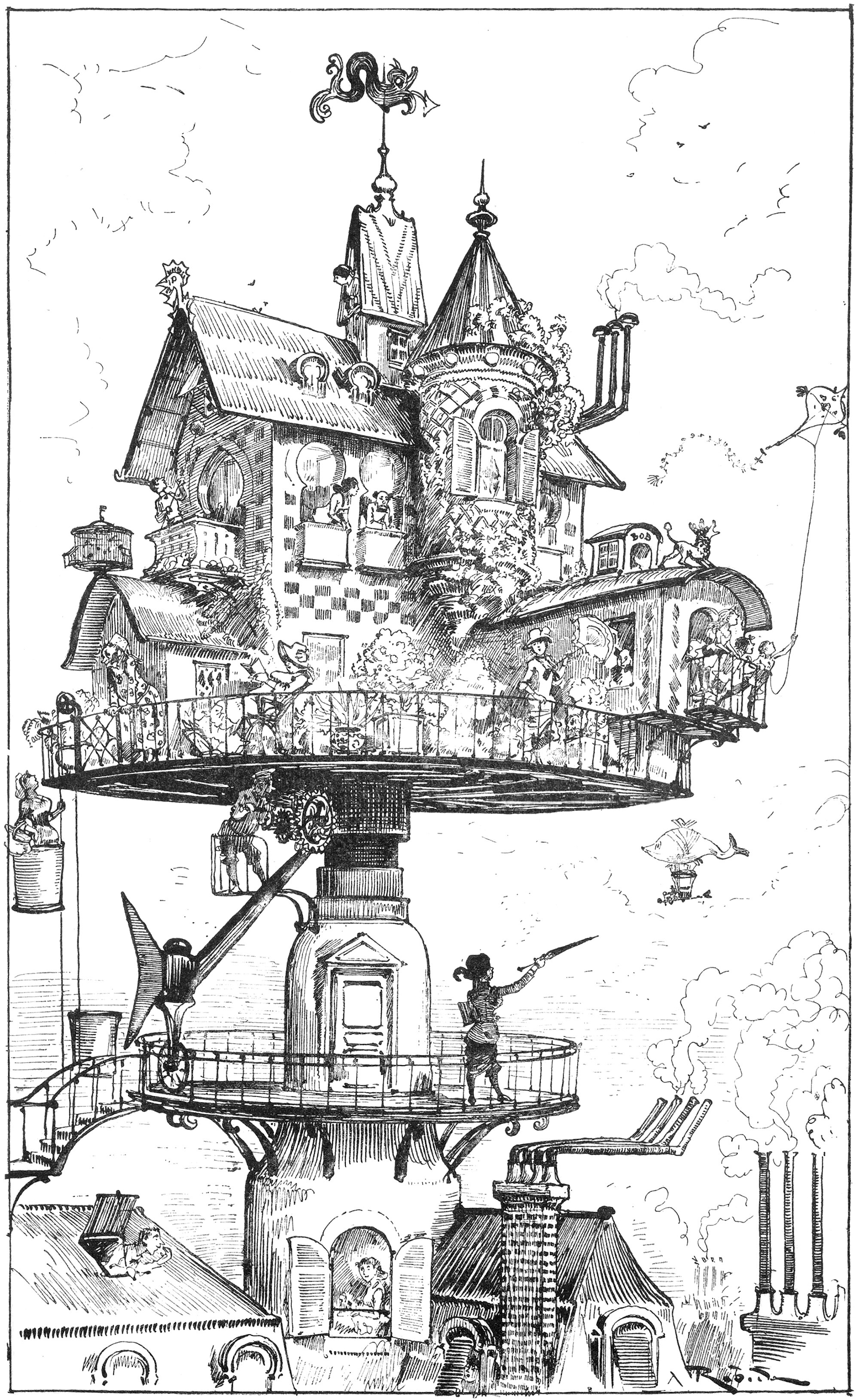
Albert Robida’s Aerial Rotating House
The above illustration was drawn by Albert Robida for his 1883 novel Le Vingtième Siècle, or The Twentieth Century. The novel describes a future vision for Paris in the 1950’s, focusing on technological advancements and how they would affect the daily lives of Parisians. Here he shows a house that’s been raised up on a rotating table. It’s a quirky image, but it also makes a statement on overcrowding and access to light and air for urban residents.
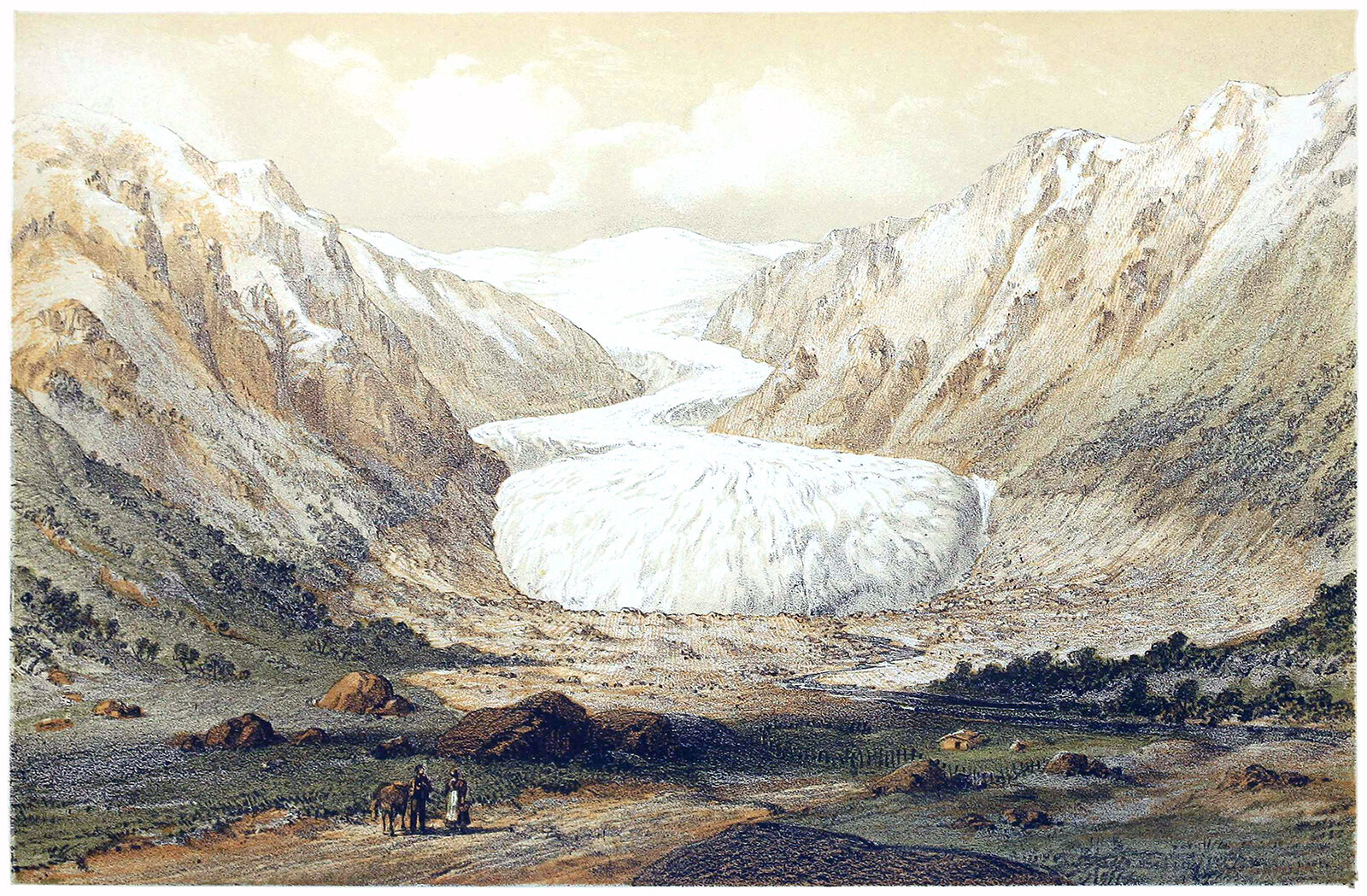
Mountains and Glaciers
The relationship between mountains and glaciers is a fascinating one. Where glaciers exist, the morphology of a mountain created the conditions necessary for a glacier to form. Once formed, a glacier’s growth and movement will slowly erode away the very mountain that created it. Over time, this movement carves and changes the landscape, resulting in moraines, cirques, fjords, and various other landforms.
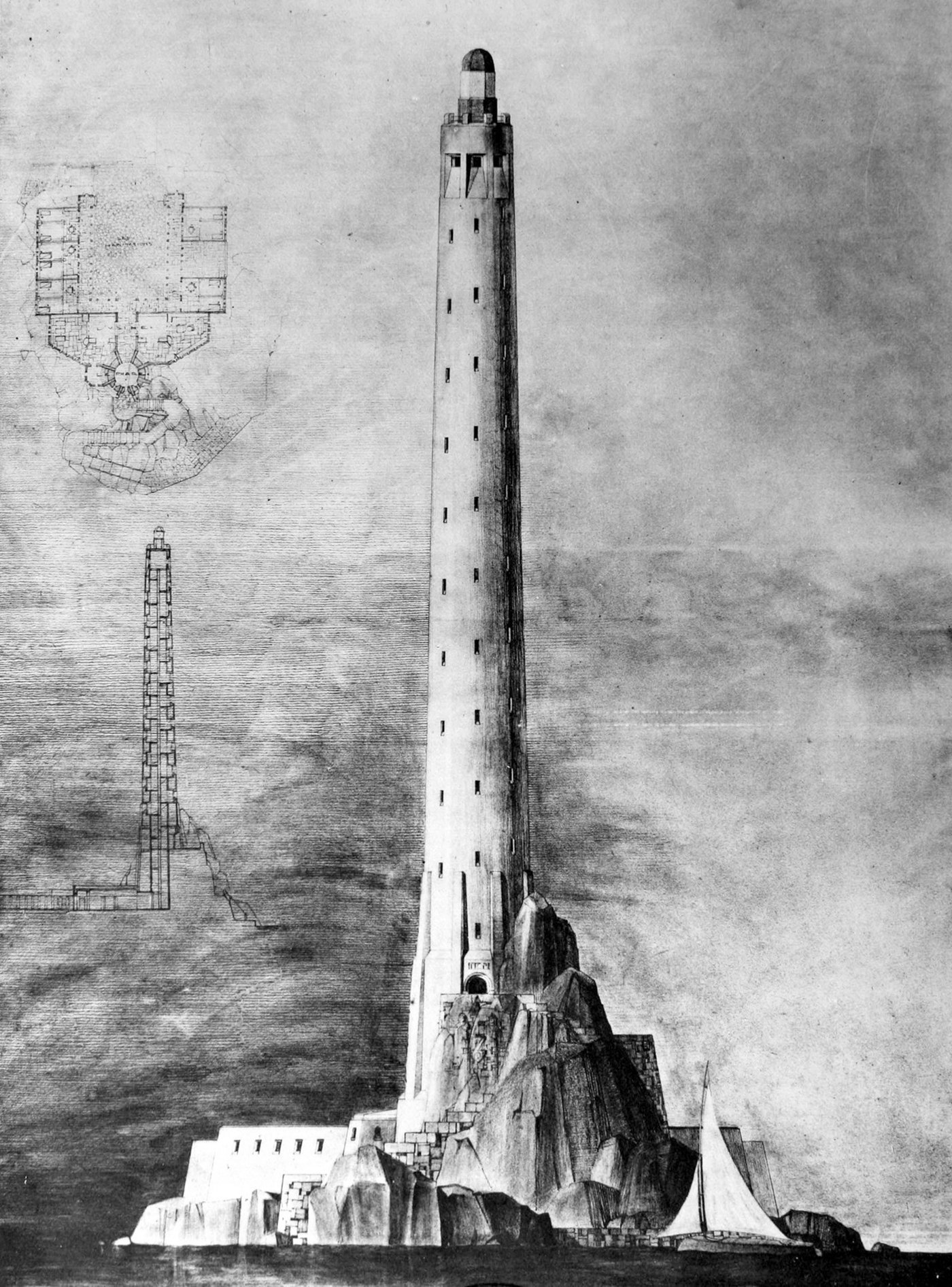
A Proposal for a Monumental Lighthouse
Pictured above is a student proposal for a monumental lighthouse from the École des Beaux-Arts. Designed in 1925, the structure is a tapered cylinder that rises high above the small, rocky island it resides on. As with any lighthouse, height is the main currency here. A higher light source will be visible from a greater distance, which makes the surrounding sea safer as a result.
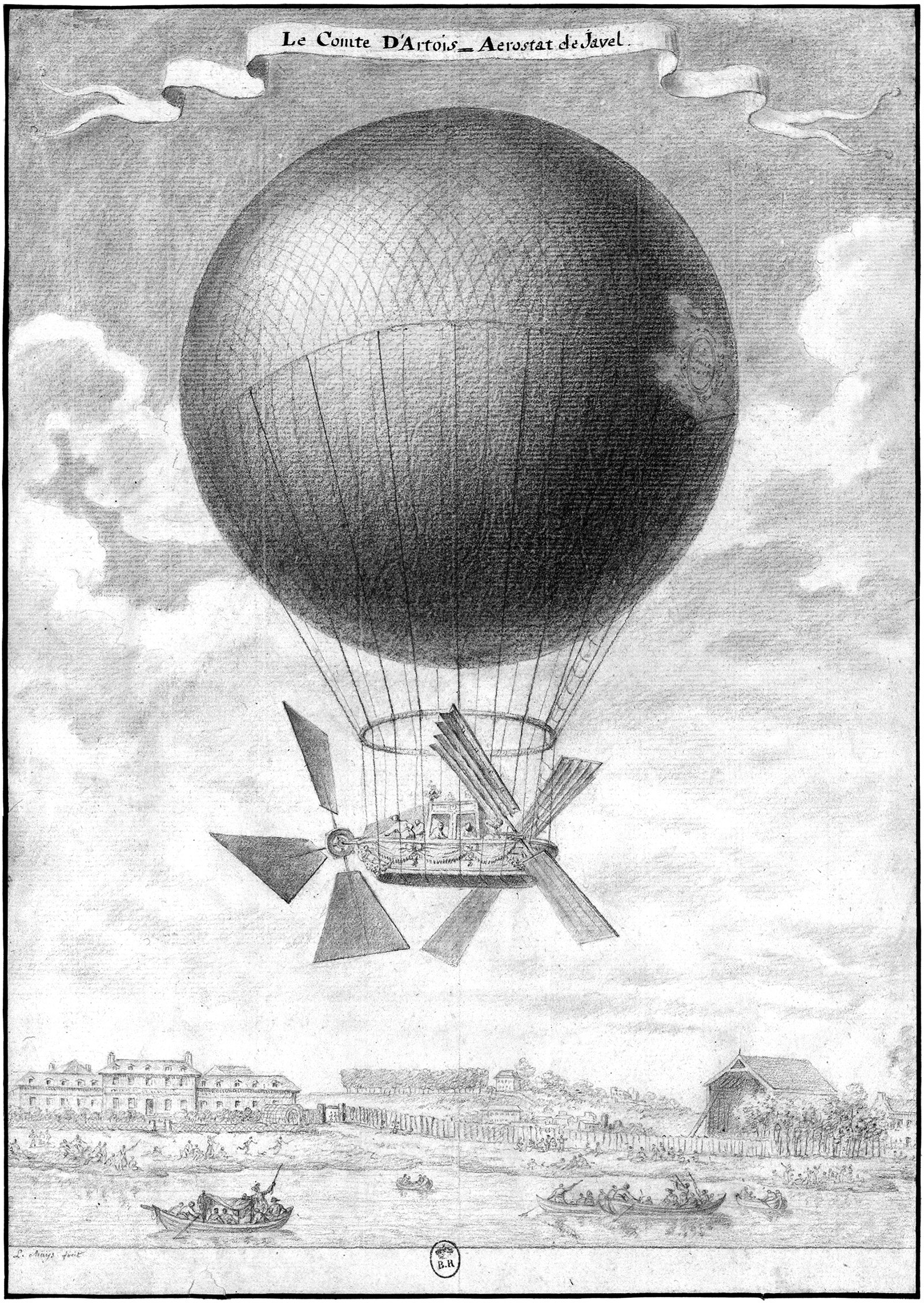
Alban & Vallet’s Comte d’Artois
Pictured above is a design for a flying machine by Léonard Alban and Mathieu Vallet from 1785. It was called Comte d-Artois, or l'Aérostat de Javel. It had a helium-filled balloon which carried a gondola. At one end of the gondola was a large propeller and at the other end was a pair of paddles. The gondola could comfortably seat four people and resembled a shallow boat. Throughout 1785, Alban and Vallet made many successful flights around Paris with the craft, and they also made three notable advancements in ballooning technology along the way.
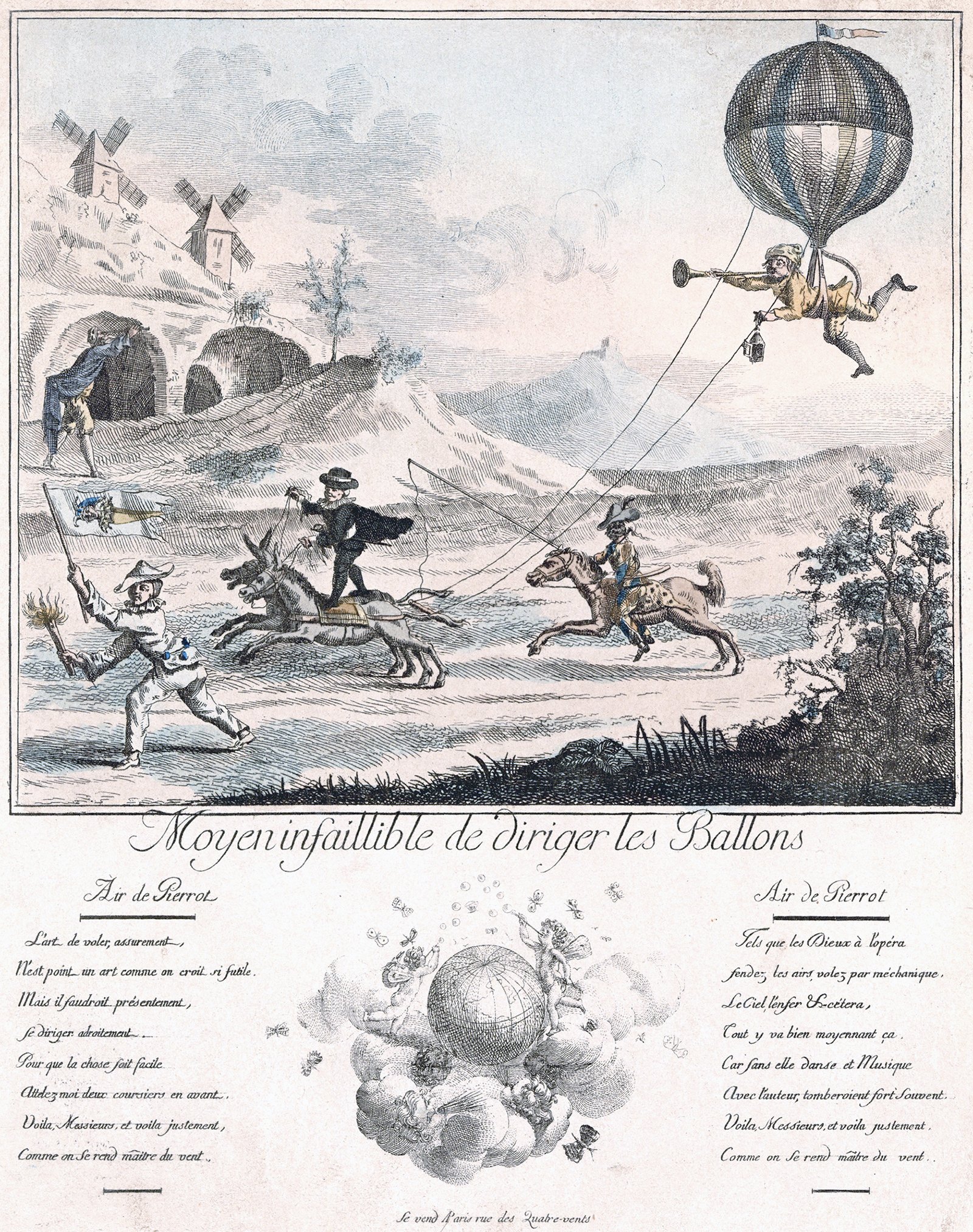
A Foolproof Way to Direct the Balloons
The above illustration shows a comical scene involving a man suspended from a balloon being pulled by a pair of horses. It was drawn in 1787 and it’s titled Moyen Infaillible de Diriger les Ballons, or A Foolproof Way to Direct the Balloons. It’s meant to be a satirical take on ballooning at the time, when flight was front-and-center on the public stage. The characters in the scene are from commedia dell'arte, which is a type of theatre with recurring archetypal characters.
“The airplane has unveiled for us the true face of the earth. For centuries, highways had been deceiving us. They shape themselves to man’s needs and run from stream to stream.”
-Antoine de Saint-Exupéry, French writer and aviator, 1900-1944.
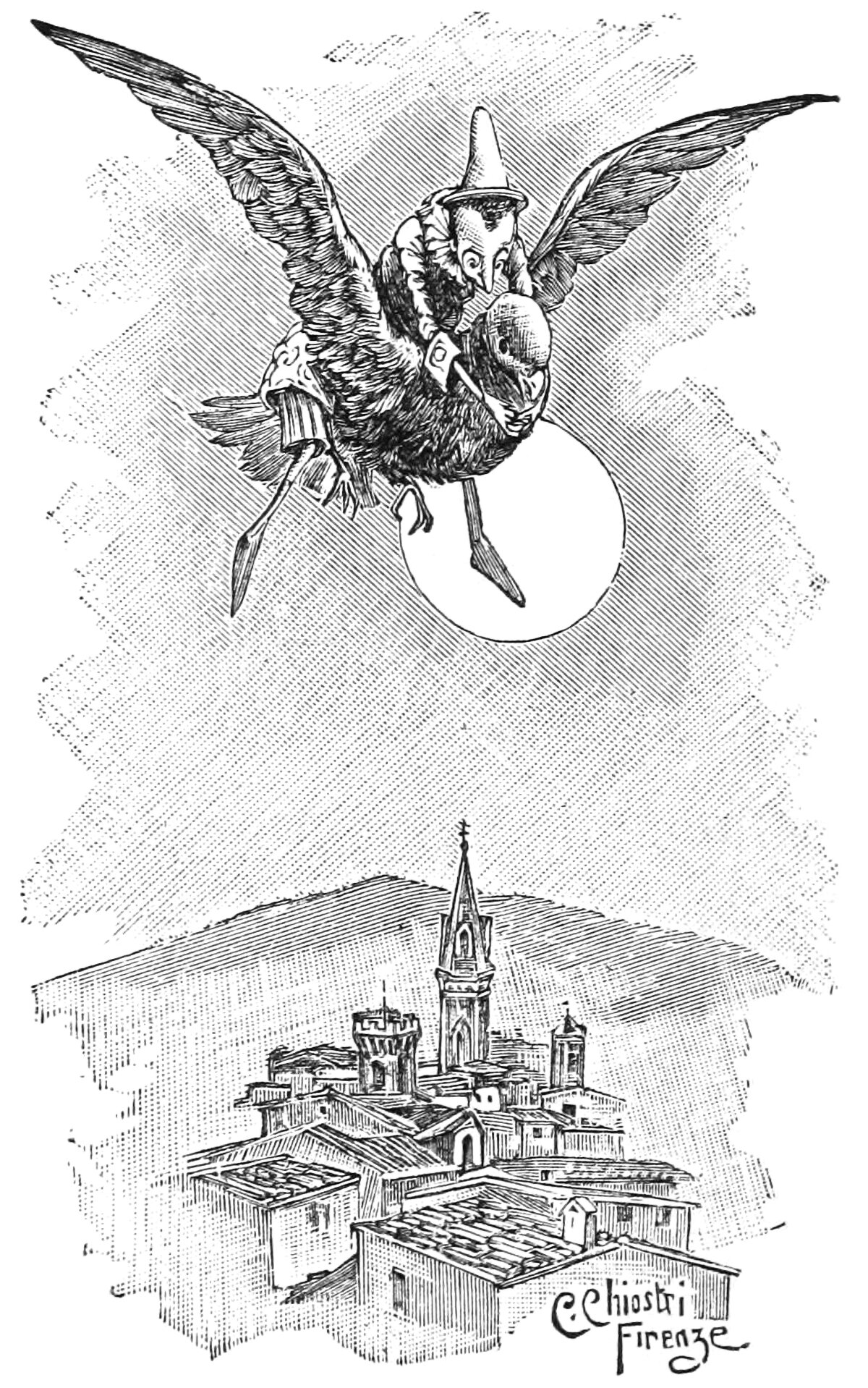
Pinocchio’s Feathered Steed
Folklore and fantasy are full of references to the power of flight. These references usually take one of two different forms. The first are characters who can actually fly, and the second are characters who fly by means of another creature. Examples of the first are fairies, angels, cherubs, and seraphs, among many others. The illustration above shows an example of the second. It’s from Carlo Collodi’s 1883 children’s book The Adventures of Pinocchio, when the titular character hitches a ride on the back of a giant pigeon.
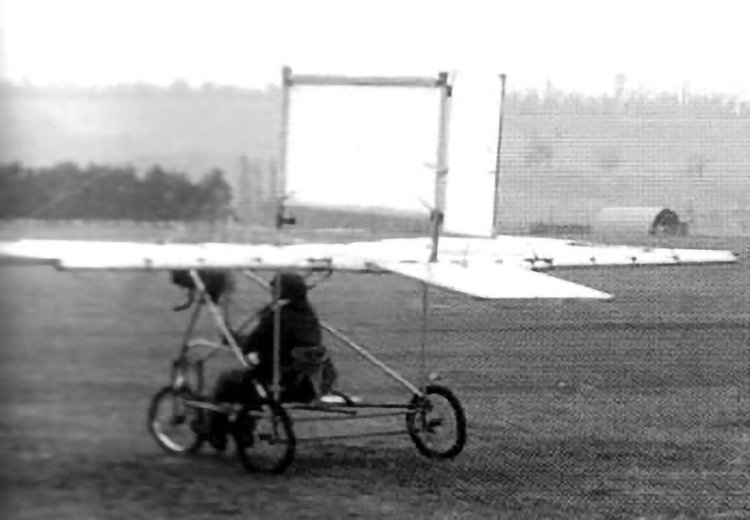
Richard Pearse and a Claim to the World’s First Powered Flight
Pictured above is a photograph of a monoplane designed and built by Richard Pearse in 1903. Pearse was a farmer who had an interest in engineering, flight and flying machines. He had previously designed bicycles and engines, but in the early 1900s he was working on a design for a flying machine. It was a monoplane with a front-mounted propeller and a large wing constructed of a bamboo frame and canvas.

Albert Robida’s Vision for Paris
The above illustration was drawn by Albert Robida for his 1883 novel Le Vingtième Siècle, or The Twentieth Century. The novel describes a future vision for Paris in the 1950’s, focusing on technological advancements and how they would affect the daily lives of Parisians. Here he shows a vision for the night sky above Paris, which is dotted with various types of flying machines.

The Towers of Svaneti
Joseph Campbell once said that you can tell what’s informing a society by what the tallest building is. The Towers of Svanetia are a perfect example of this. Svanetia is a mountainous region in Georgia dotted with small, medieval villages. These highland villages are home to a unique type of tower house, which gives us a window into the history and culture of the region. Pictured above is an illustration of one such village and its towers.

The Grenelle Artesian Well of Paris
Pictured above is the Grenelle Artesian Well in Paris, built from 1834 to 1841. During these seven years, an 8-inch diameter hole was drilled to a depth of roughly 550 meters (1,800 feet) below the earth’s surface. This process of construction took place far below ground, but in the end the well was marked with a 42 meter (138 feet) tower and fountain, placed a block away from the well itself. The tower was a deft mixture of uses, including a fountain, a sculpture, and an observation deck.
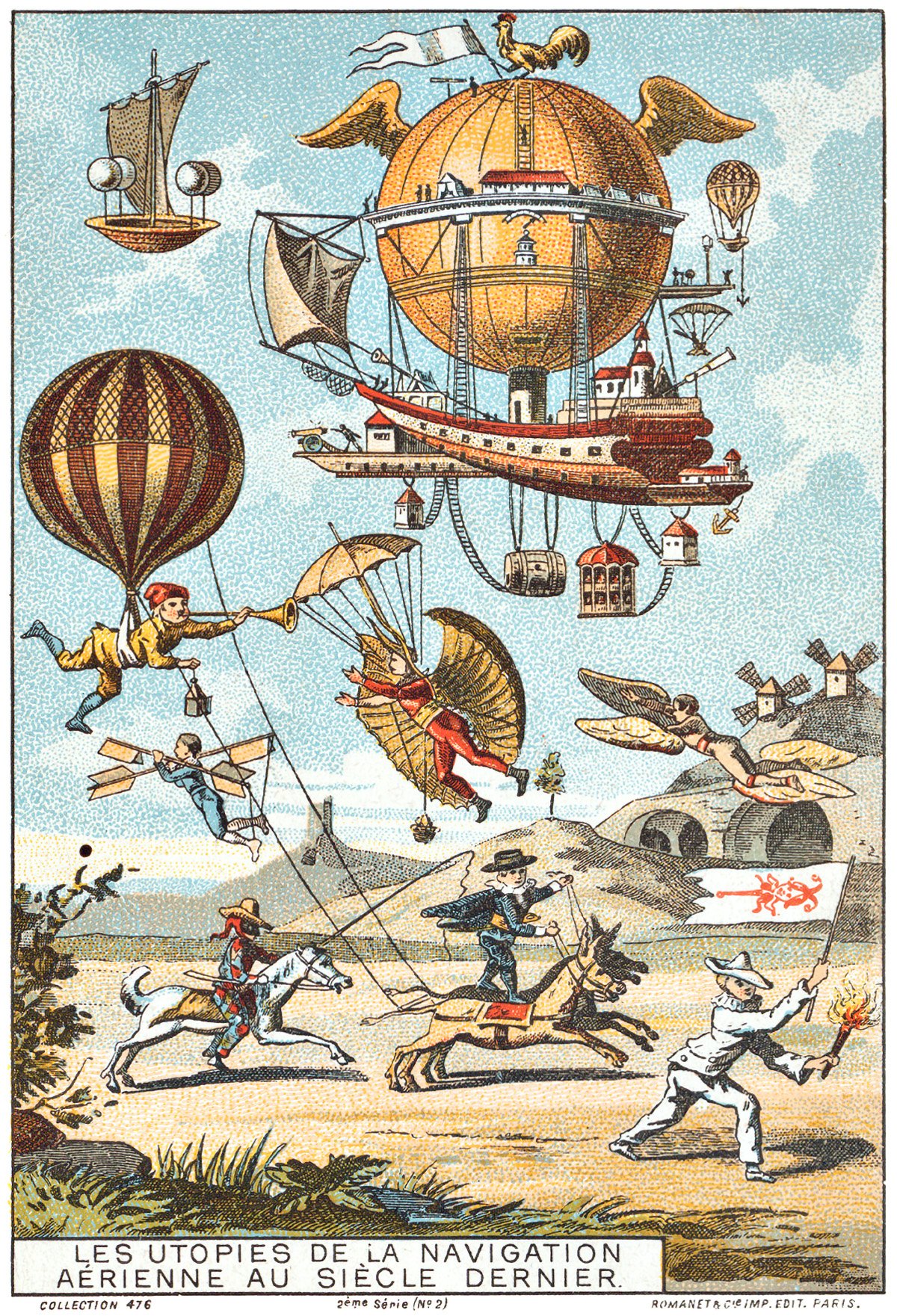
Utopian Flying Machines of the Previous Centuries
Pictured above is a French illustration from 1890, showing a collage of French flying machine ideas from the previous few centuries. The caption reads Les Utopies de la Navigation Aérienne au Siècle Dernier, which means The Utopia of Air Navigation in the Last Century. There are six flying machine ideas shown together in the sky.
“It is because [mountains] have so much to give and give it so lavishly to those who will wrestle with them that men love the mountains and go back to them again and again.”
-Sir Francis Younghusband, British explorer and mountaineer, 1863-1942.
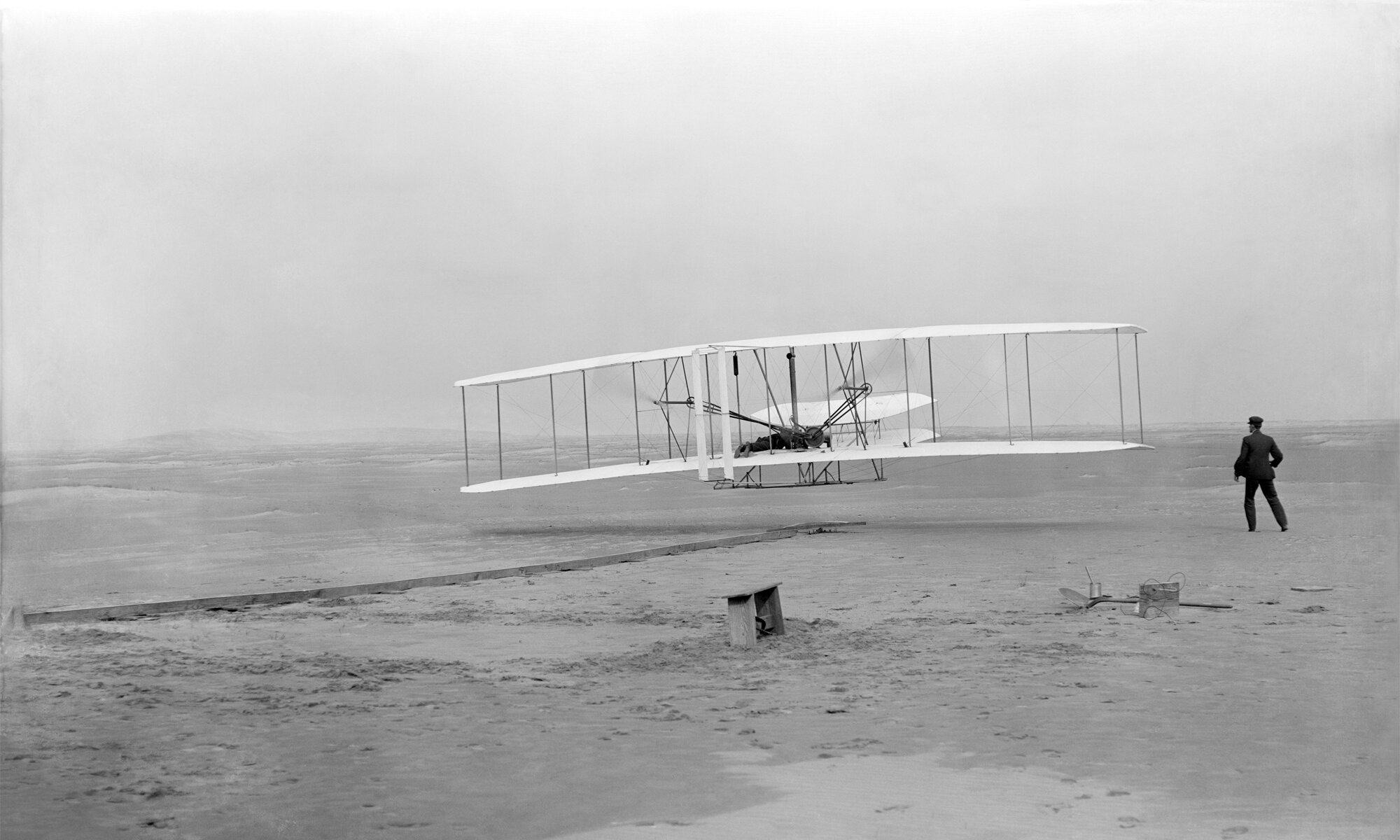
The Wright Flyer and the World’s First Powered Flight
Upon a flat plain outside the town of Kitty Hawk, North Carolina on December 17, 1903, a home-made flying machine lifted off the ground into a headwind. It landed twelve seconds later and 37 meters (120 feet) away from its launch point. This short distance marked the first time in the history of humankind that a manned, heavier-than-air craft had flown under its own power. This event would cement its creators into the pantheon of technological pioneers and make them a household name.
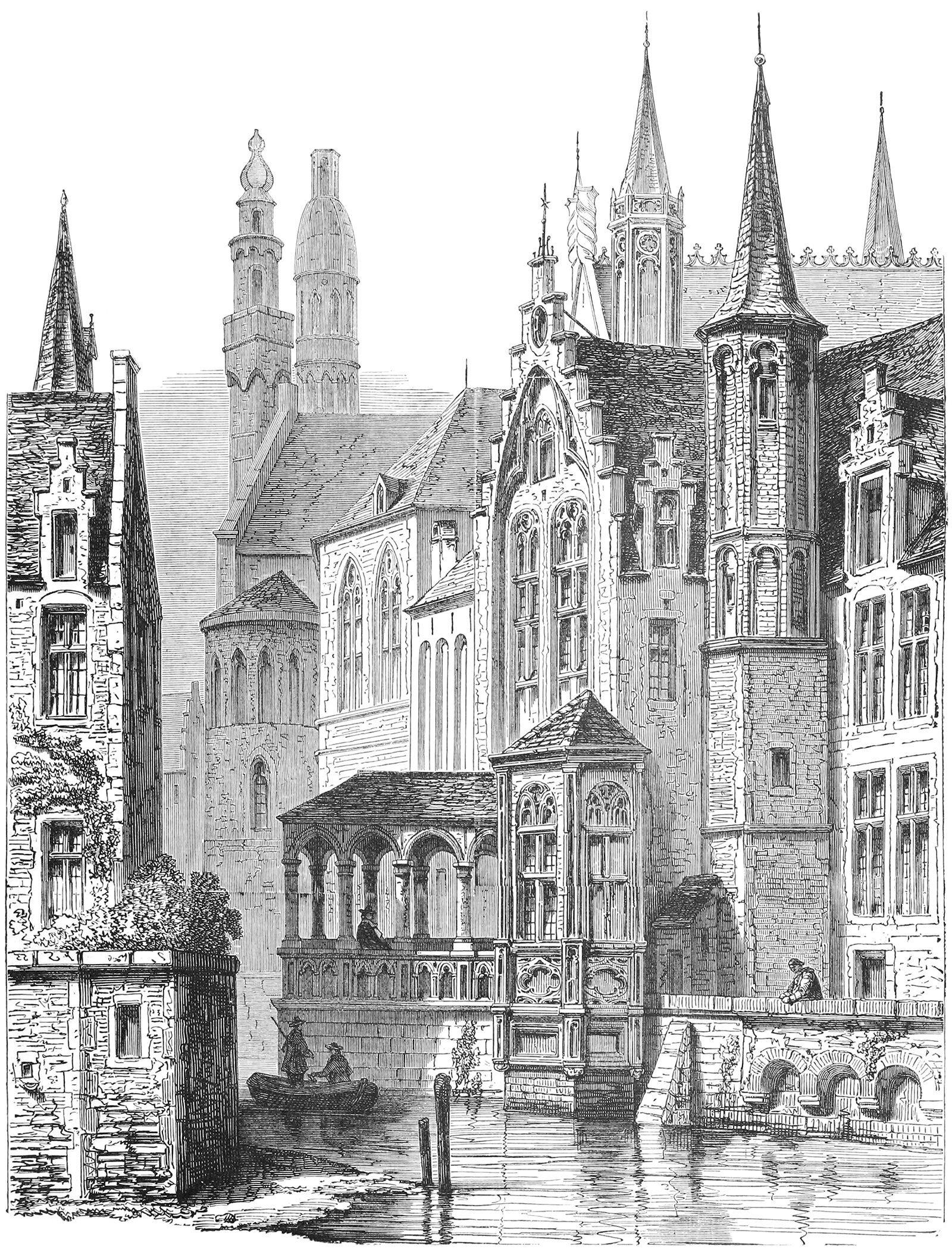
The Vertical Townscape
I came across this illustration recently, and I was immediately struck by it. It was drawn in 1880 and shows a medieval canal in Bruges, Belgium. What struck me was how the entire townscape seems to reach upward toward the sky. The scene is an amalgamation of turrets, towers and pinnacles, and the effect is a forest of brick and wood with each part jockeying for position on the skyline.
